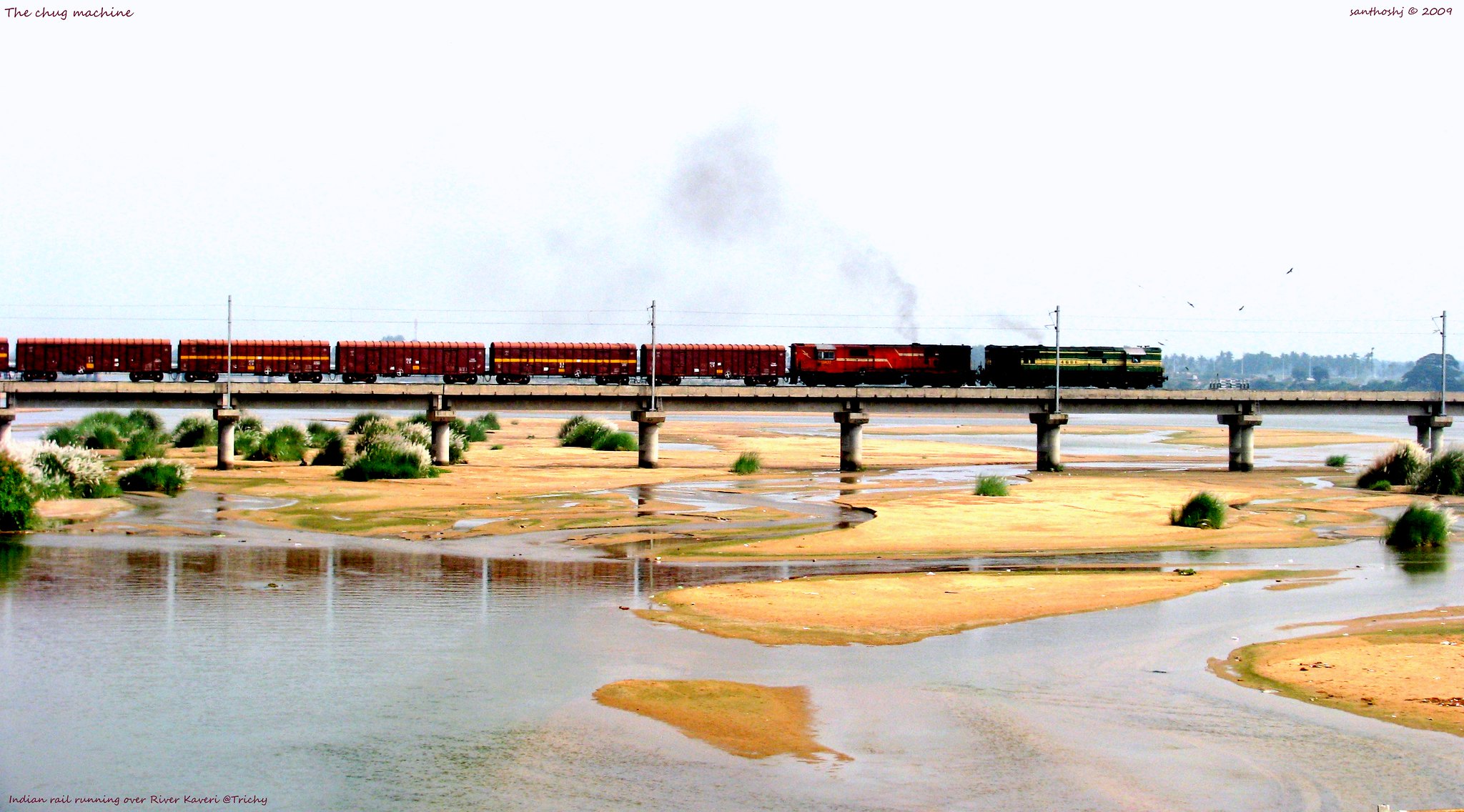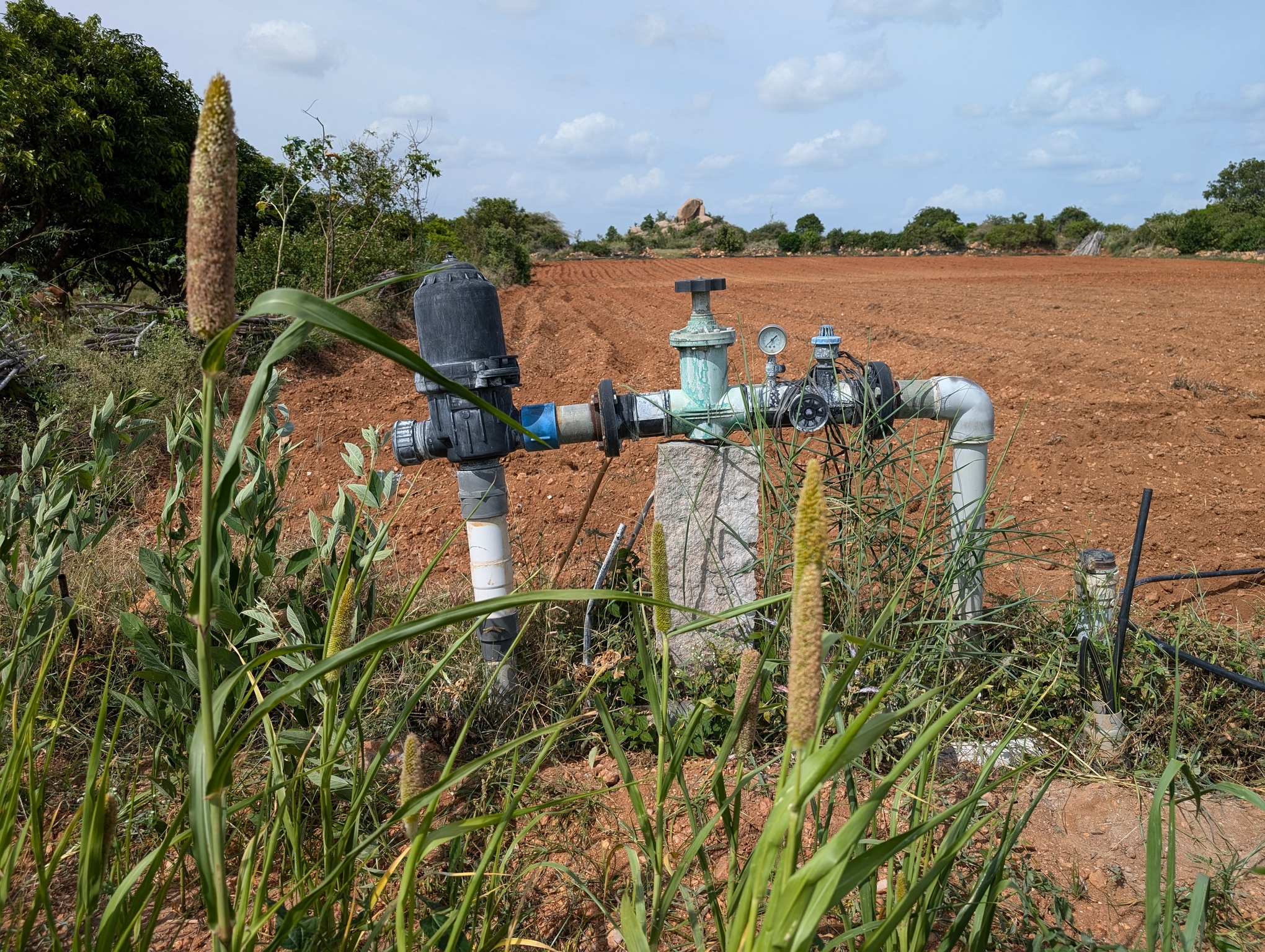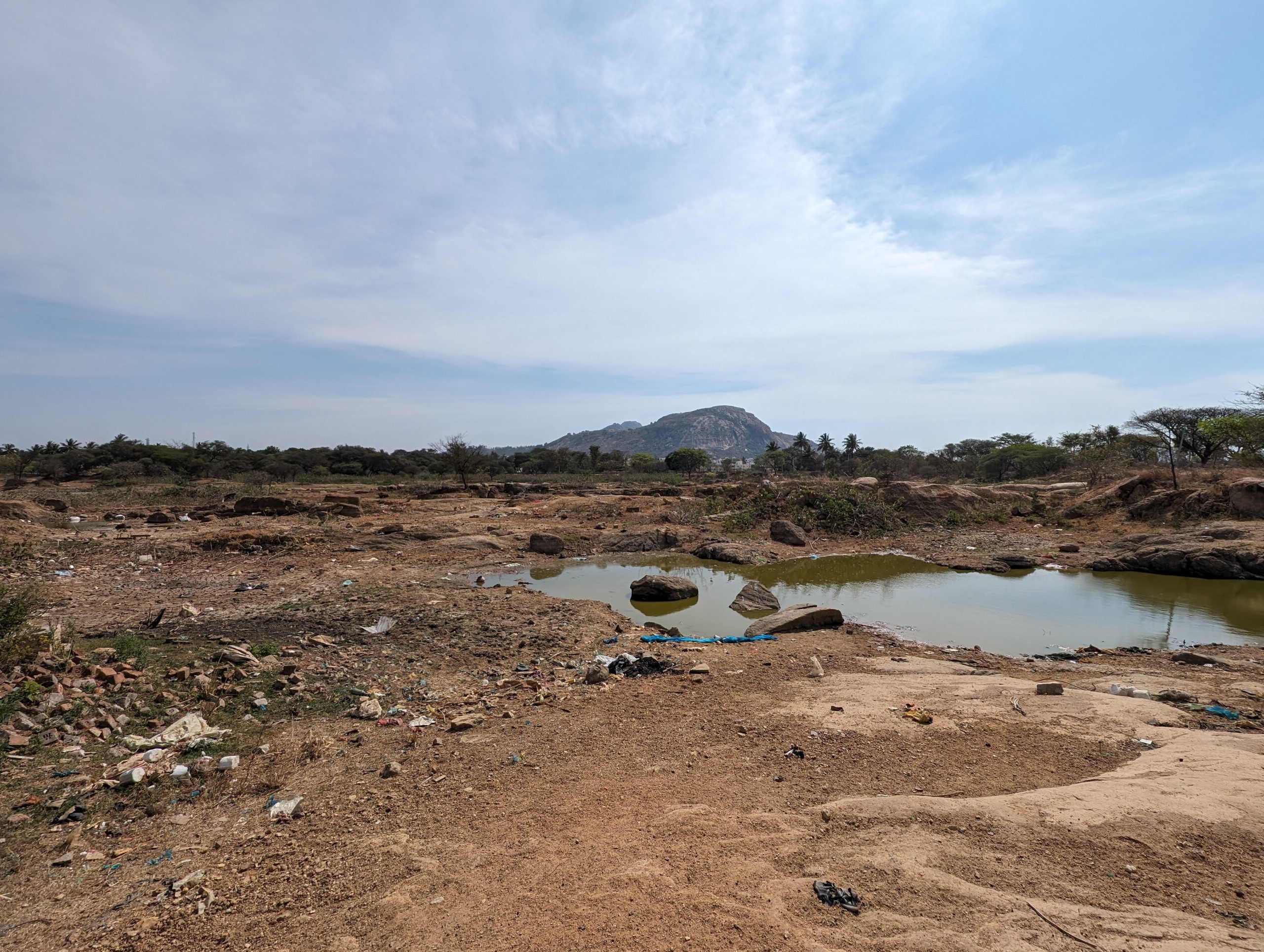Paired Watershed Studies: Evaluating the Impact of Watershed Management Interventions
A paired watershed study is a research method that compares two neighbouring watersheds over an extended period to understand how changes in land and watershed management affect hydrological parameters like groundwater levels, runoff, and water quality. Such studies last anywhere from a year to a decade, generating long-term datasets that show trends over time. This data is also useful for improving and testing hydrological models to ensure they reflect real-world conditions.
This document is Part 3 of the MEL Toolbox series. Click to view Part 1, Part 2, and Part 4.
About the MEL Toolbox
The MEL toolbox simplifies scientific methods for grassroots practitioners to effectively monitor, evaluate, and learn from watershed management interventions in India. It compiles existing methodologies into an accessible format to support impact assessments that are robust despite limited resources and short project timelines. By strengthening evaluation capacity, the toolbox enables users to maximise the benefits of watershed interventions. As a living document, it will evolve through testing with partner organisations and the inclusion of new methodologies to enhance MEL practices.
Fill these details to access the publication
Acknowledgements
Authors Lakshmikantha NR, Gopal Penny
Technical Review Veena Srinivasan, Vivek Singh Grewal
Editors Ananya Revanna, Syed Saad Ahmed
Design Aparna Nambiar, Sarayu Neelakantan, Srilakshmi Viswanathan
Follow us to stay updated about our work






